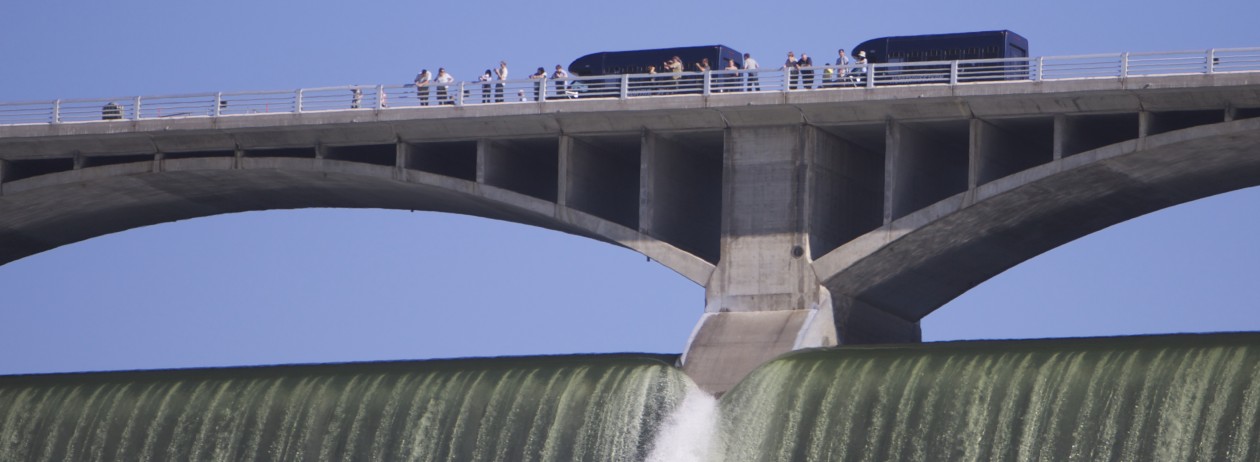Between a renewed push for re-introducing salmon to the Columbia River above Grand Coulee Dam and a newly developing technology, a consortium of tribes is hopeful that somehow, there will be a way to bring salmon back.
The icon of the Pacific Northwest has been gone from the upper reaches of the Columbia since the building of Grand Coulee Dam. Now they’re actually stopped at Chief Joseph Dam, more than 50 miles downriver.
But a treaty may open for negotiations between the United States and Canada that dictates exchanges of water and electricity and infrastructure provided. And the Upper Columbia United Tribes is hopeful, along with the Colville Confederated Tribes, that a way for cheap transport may have been discovered by company touting its “salmon canon.” Picture a kinder, gentler form of the same kind of suction tube that takes your deposit at a drive-up bank.
Whooshh Innovations, of Bellevue, Washington, has more information about adapting their fruit moving technology, to help solve the problem of letting fish move upstream. Below is a video that demonstrates the innovation. The company has lots more on its website, which was even recently featured in a segment on Last Week Tonight with John Oliver.
Although a way may be found to move salmon upstream over huge dams, that may actually be the easier part of the problem to solve. After hatching, the young salmon have to get back to the ocean. They only swim upstream, so they have to be pushed by a considerable current, which is not present in Lake Roosevelt above Grand Coulee Dam.
But the salmon canon idea is still fun to watch:
Image of a chinook salmon by U.S. Fish and Wildlife Service used under Creative Commons license.






